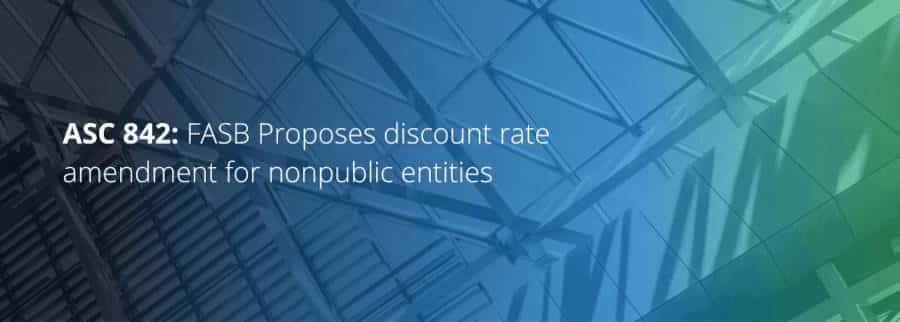Why Accounting and Tax Professionals Use Web Portals
Updated 13th January 2025 | 2 min read Published 15th September 2021
In today’s remote climate, clients expect information to be available when they need it, regardless of where they are and with no regard for your firm’s digital capabilities. To meet those demands and most importantly, to deliver or exchange documents in a secure manner, accountants and tax professionals have caught on to the value of Web portals. For those who have not yet adopted Web portal technology, using regular email will not suffice; it does not provide adequate security when transferring documents.
Two Major Functions of a Web Portal
Web portals are used to exchange files and to post files for access and recovery at a future date. Exchanging files may include sending QuickBooks backup files back and forth, or engagement letters needing to be signed. Using a Web portal for these matters allows the firm to set retention parameters on the documents being exchanged. For the exchange of QuickBooks backup files, there may be a 30-day retention period set. When posting financial statements or tax returns in the client’s Web portal, you might set retention timeline of three to four years, ensuring when files are needed in the future, they can be easily accessed by the client or firm.
Once a Web portal is set up, one of the few places where firm’s run into trouble is when they do not allow the client to manage their own password. If clients are having trouble with login, giving them the ability to change their password helps to ensure they are not calling the accountant for an administrative task such as password help.
Essential Features of a Web Portal
There are several required features when shopping for Web portal technology. Investigate Web portal technology to ensure it has the following features:
- Usage of the Web portal needs to be simple. Clients need to easily be able to upload and download documents or they will not use it.
- There needs to be access to multiple entities from one login (i.e. individual, corporation, trust funds).
- The accountant or tax professional must have the ability to assign different levels of access to owners and employees of the client. For example, an owner may have access to their own personal records, the company and trust fund records whereas the employees may only have access to the company’s records.
- Auto-notification sent to the accounting firm or the client when a document is posted by the other party.




